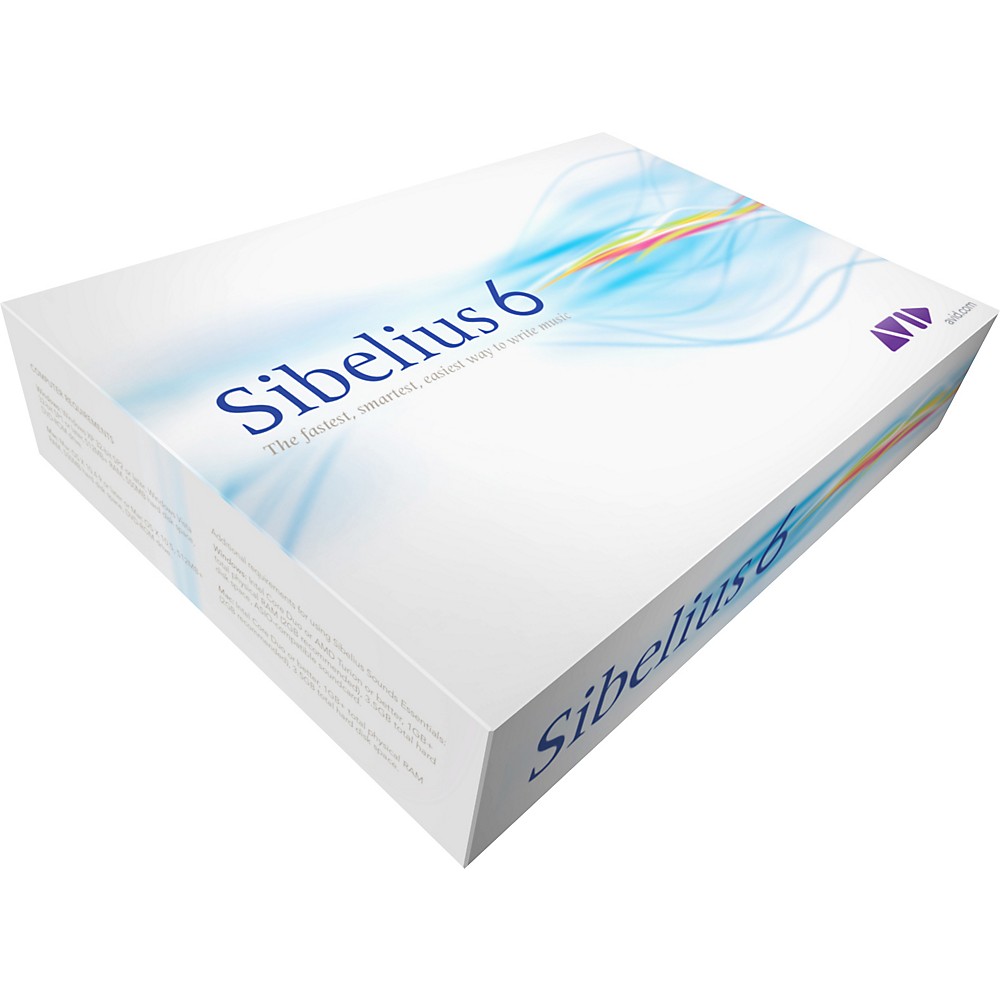

improved offset mechanism for several combinations of dotted/undotted notesĬhanges in v1.20 (updated 17 November 2004):.Added wizard with three pre-defined modes, to select your job with two clicks.Plug-in now requires use of the Preferences plug-in, so will only run in Sibelius 4.a single box), then choose Narrow Two Voices from the Plug-ins menu and follow the on-screen instructions.Ĭhanges in v2.0 (updated 29 August 2005):

To use the plug-in, make a passage selection (i.e. Arpeggio Mode: If you have fast arpeggios running in voice 1 while voice 2 doubles the first note of each arpeggio with a longer note, it is common that the noteheads on the first beats are typeset overlapping.This allows a more dense note typesetting and is used in particular in organ and piano music. Narrow Mode: In situations where voice 2 goes above voice 1, move the voice 2 notes to the left.Default Rules of Sibelius: This essentially behaves identically to Sibelius, but corrects some known problems: a unison of two semibreves shows now two noteheads, and so does a unison of e.g.There are three actions predefined (you can define and save more actions for yourself): This plug-in controls the horizontal note offset in passages which use voice 1 and voice 2 simultaneously. For use with Sibelius 4, Sibelius 4.1, Sibelius 5, Sibelius 6, Sibelius 7.1, Sibelius 7.5, Sibelius 8.x, Sibelius 18.x, Sibelius 19.x, Sibelius 20.x and Sibelius 21.x


 0 kommentar(er)
0 kommentar(er)
